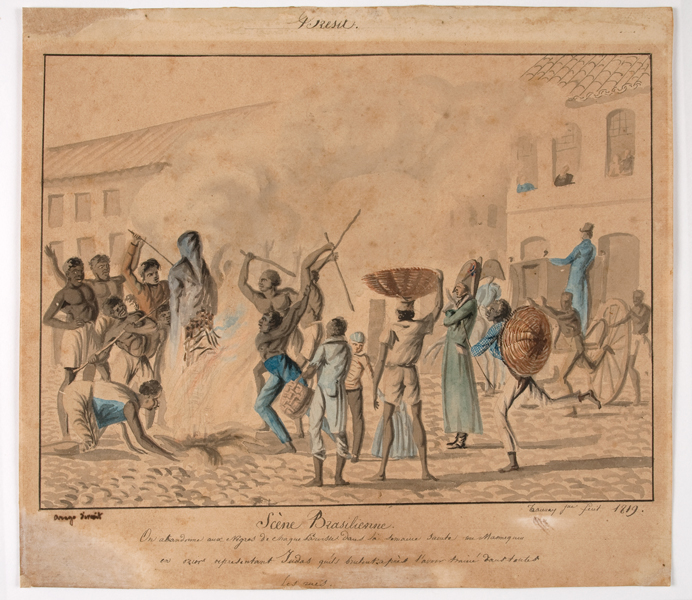CONTEXT
Artists in scientific expeditions
At the beginning of the 19th century, the only way to record what was seen during expeditions was by collecting specimens or through the notes and drawings that artists and scientists made along the journey on the loins of animals or in canoes, depending on the regions they crossed. The travelers used the stops on the way to complete, color, correct or clean their records, in an attempt to represent what they had seen and experienced.
Besides protecting the materials from humidity and insects, the artist also had to control his stock of working artifacts in a way that they would suffice for the months away from any store.
In the expeditions, it was fundamentally important the work done by indigenous and black slaves as well as by hired free men, all in charge of loading equipment, supplies, weapons, and ammunition, preparing food, leading the troops and river fleets, and choosing routes close to small and medium properties that would provide shelter and food for the travelers.






